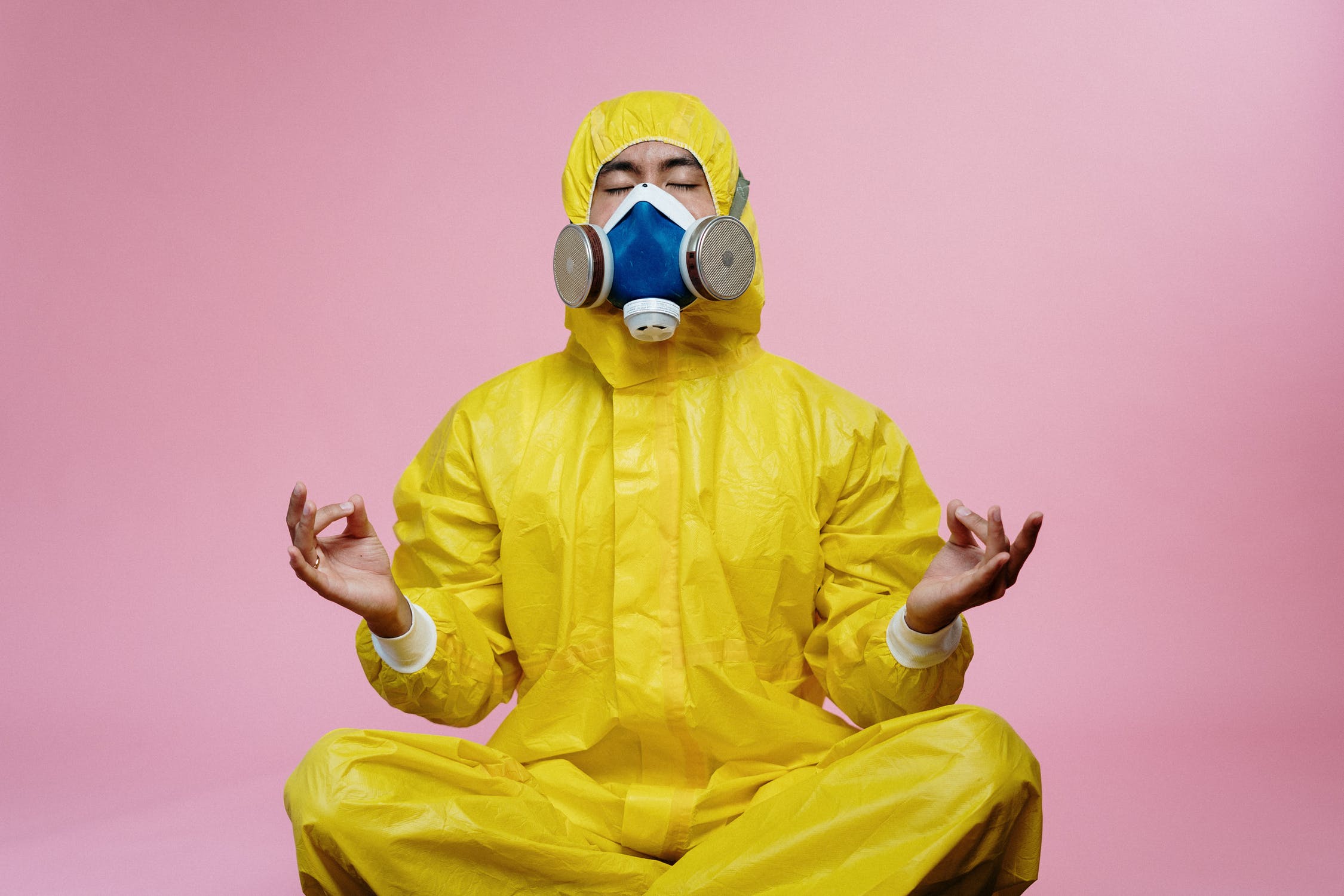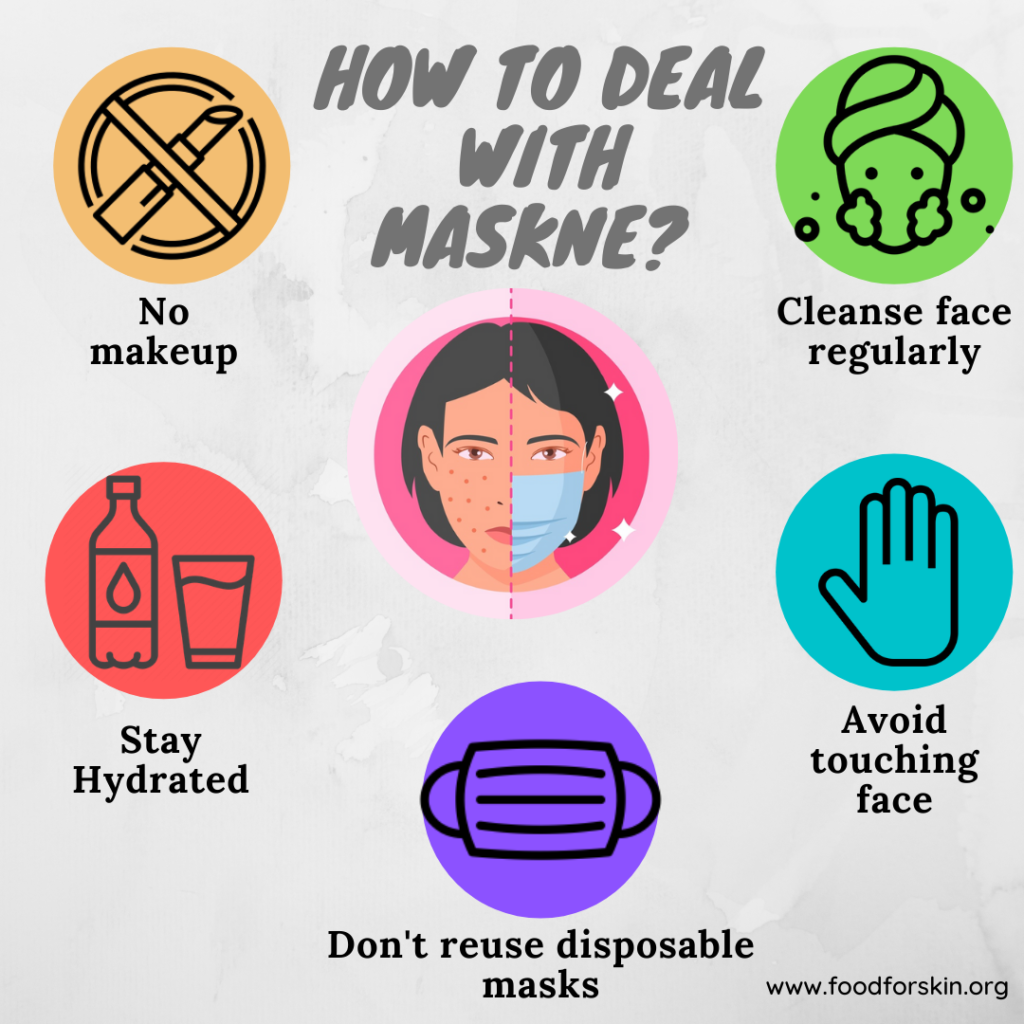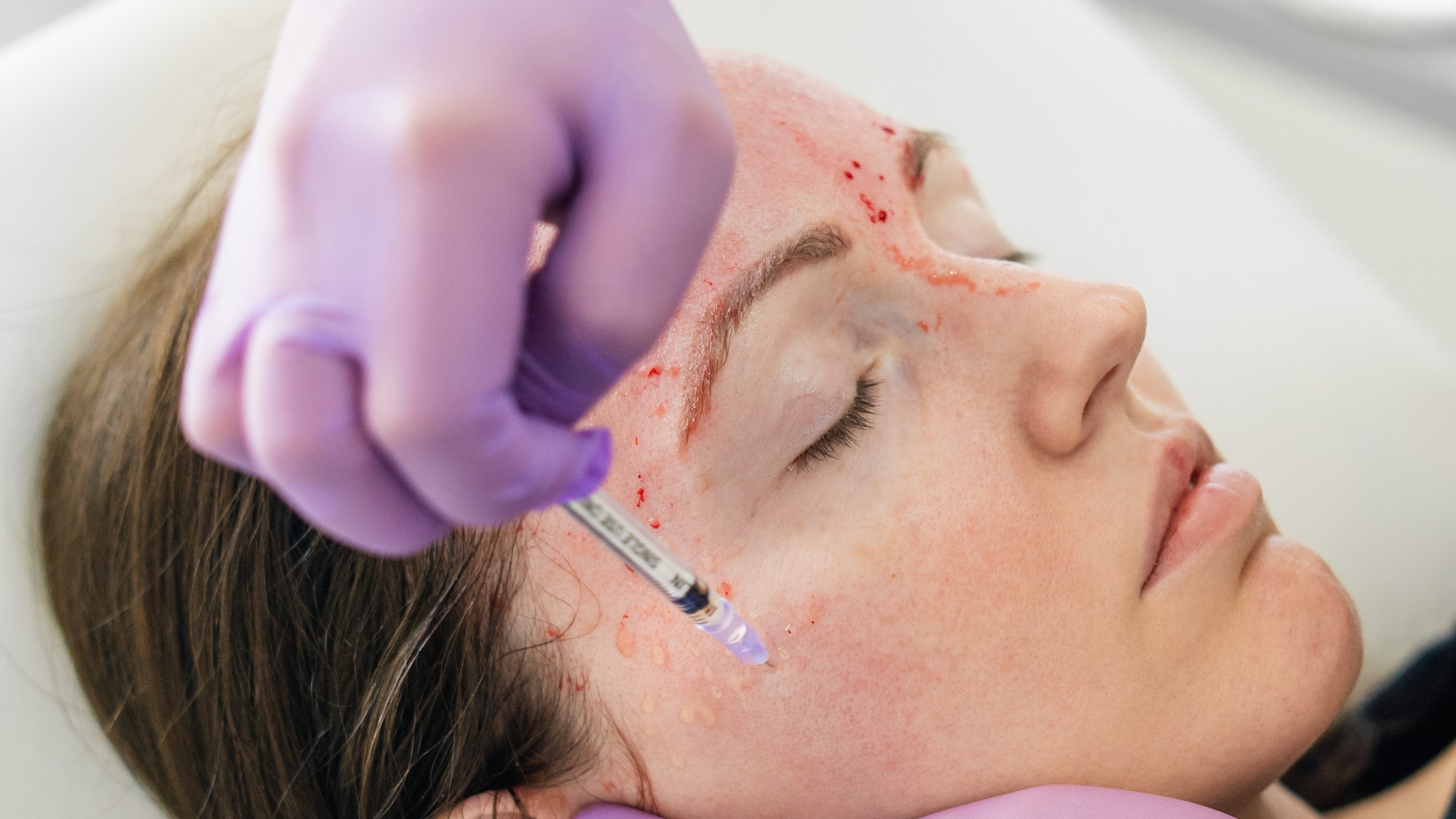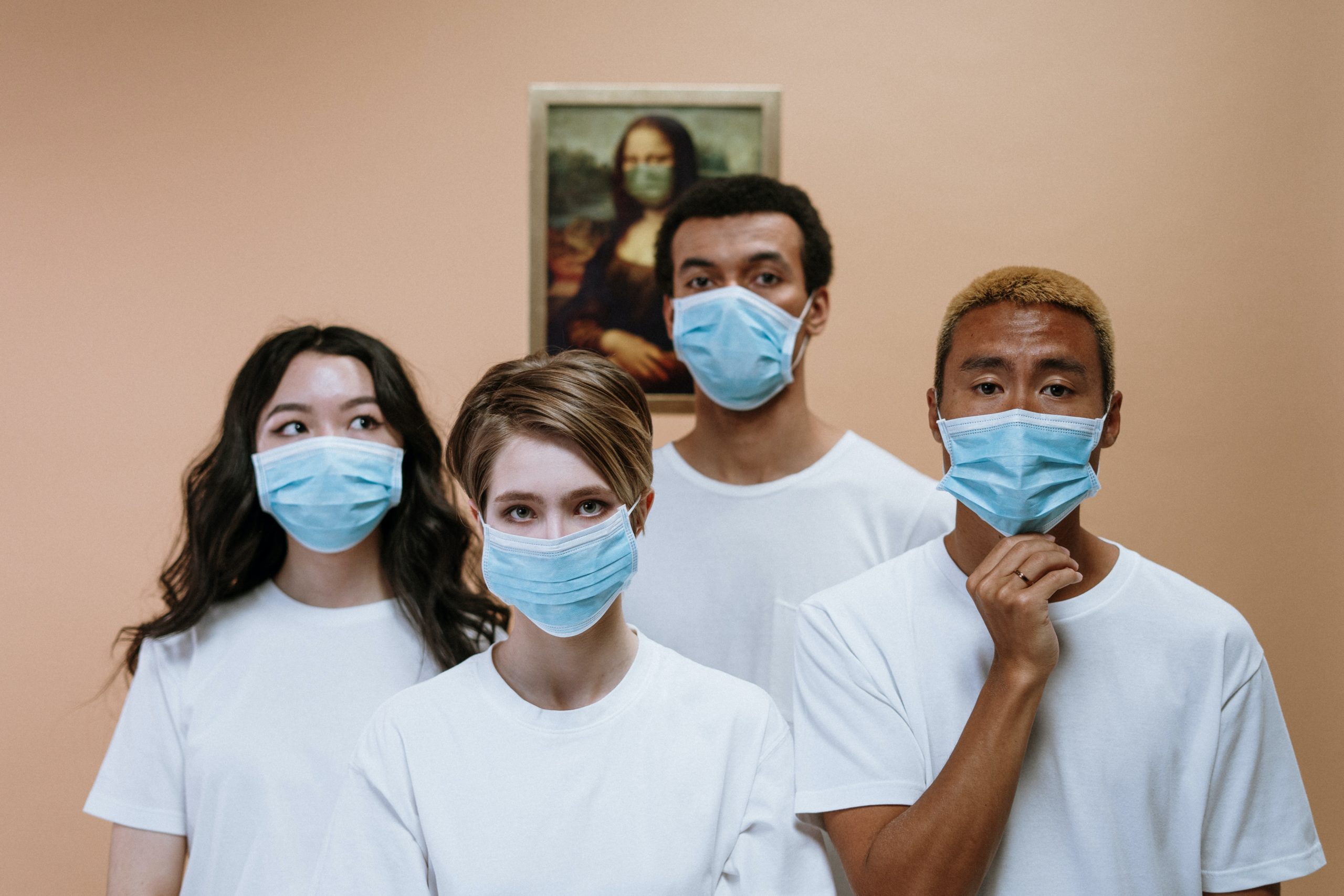How to Deal with Maskne?
Share

Along with phrases like uncertain times, social distancing, and quarantine, maskne, medically known as acne mechanica, has also become a popular term over the last year or so. And while new acne resulting from mask wearing may be an issue, regular mask wearing can also worsen existing acne or other skin conditions like contact dermatitis, rosacea, and folliculitis. Check out our article “101 Series: What is Maskne?” for more know-how.
It’s hard to say how long this pandemic will last. It feels that we are getting closer to the end as more and more are getting vaccinated; however, many states still have a mask mandate and the CDC continues to recommend the use of masks to protect yourself and those around you from COVID-19. In other words, losing the mask to solve your maskne issues will only lead to bigger problems! So, here are some tips on how to minimize the impact that regular mask-wearing may have on your skin.

1. Wash your face regularly. Do this at least twice a day – once in the morning, again before going to bed, and throughout the day when necessary, like after a good workout. Washing your face helps remove dirt, dead cells and excess oil from the skin and reduces the chances of acne forming.
2. Stick to your daily skincare routine. Use a gentle, mild cleanser or, if your skin is more susceptible to acne, a medicated cleanser, either with salicylic acid or benzoyl peroxide.
3. Apply moisturizer. Applying a non-comedogenic moisturizer (formulated not to clog pores) will help keep your skin hydrated and healthy. It also creates a barrier between your skin and the mask, reducing the chances of a breakout. For those with contact dermatitis or allergies, consider a moisturizer that is also fragrance-free.
4. Change your mask regularly when using disposable masks. If using cloth masks, look for 100% pure cotton material or other soft, flexible fabrics. Tight masks make it more difficult for the air (CO2) from your breath to escape. When the warm air gets trapped inside, it makes for a very favorable environment for bacteria to grow and thus, acne to form. And maybe most importantly, don’t forget to wash your reusable mask frequently with warm water and detergent!
5. The American Academy of Dermatology Association recommends removing your mask for 15 minutes every 4 hours, if able and when safely distancing from others. This will help give your skin a break from the humid environment inside. Make sure to wash your hands before removing your mask to avoid introducing any new bacteria!
6. Use little to no makeup. Products like primer, foundation, and blush can clog pores and worsen your acne if they are frequently used under the mask.
References:
1. Damiani et al. COVID‐19 related masks increase severity of both acne (maskne) and rosacea (mask rosacea): Multi‐center, real‐life, telemedical, and observational prospective study. Dermatologic Therapy. 2021; 34(2): e14848 [Pubmed]
2. Hua W, Zuo Y, Wan R, et al. Short‐term skin reactions following use of N95 respirators and medical masks. Contact Dermatitis. 2020; 83(2):115‐121. [PubMed]
3. Teo WL. Diagnostic and management considerations for ‘Maskne’ in the era of COVID‐19. J Am Acad Dermatol. 2020;84(2):520–521. – [PubMed]
4. Gomolin, Tamar A., Abigail Cline, and Marian Russo. “Maskne: exacerbation or eruption of acne during the COVID-19 pandemic.” SKIN The Journal of Cutaneous Medicine 4.5 (2020): 438-439. [Pubmed]
5. www.cleavelandclinic.org | Accessed April 2, 2021.
6. www.aad.org | Accessed April 2, 2021.
7. Cover image credit – Cottonbro
If you enjoyed our content, then please share, comment, like and follow us on your favorite platforms!
.
.






